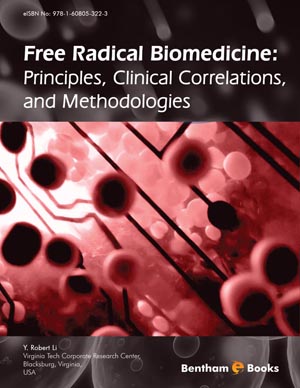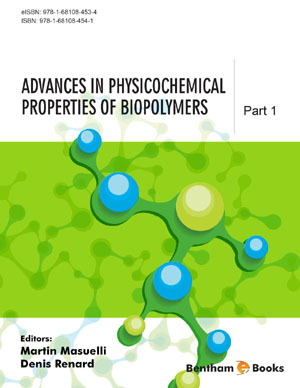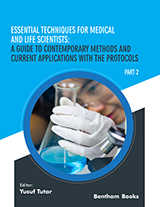Abstract
Detection and quantification of free radicals and related reactive species in biological systems are a critical step in understanding the pathophysiological role of these reactive species in disease processes. In this regard, a variety of methods and techniques have been developed over the past two to three decades to detect free radicals and related reactive species, including the commonly encountered reactive oxygen and nitrogen species (ROS/RNS) in mammalian cells or tissues. This chapter provides an overview of the major technical approaches to detecting biological ROS/RNS and describes some well-established ROS/RNS-detecting assays with an emphasis on their principles, advantages, and potential limitations. The commonly detected ROS/RNS include superoxide, hydrogen peroxide, hydroxyl radical, peroxynitrite, and nitric oxide. In addition, assays for detecting singlet oxygen, hypochlorous acid, and molecular oxygen are also discussed in this chapter.
Keywords: Alkoxyl radical, Detection, Free radicals, Hydrogen peroxide, Hydroxyl radical, Hypochlorous acid, Methodologies, Nitric oxide, Peroxynitrite, Reactive nitrogen species, Reactive oxygen species, Singlet oxygen, Superoxide.

















